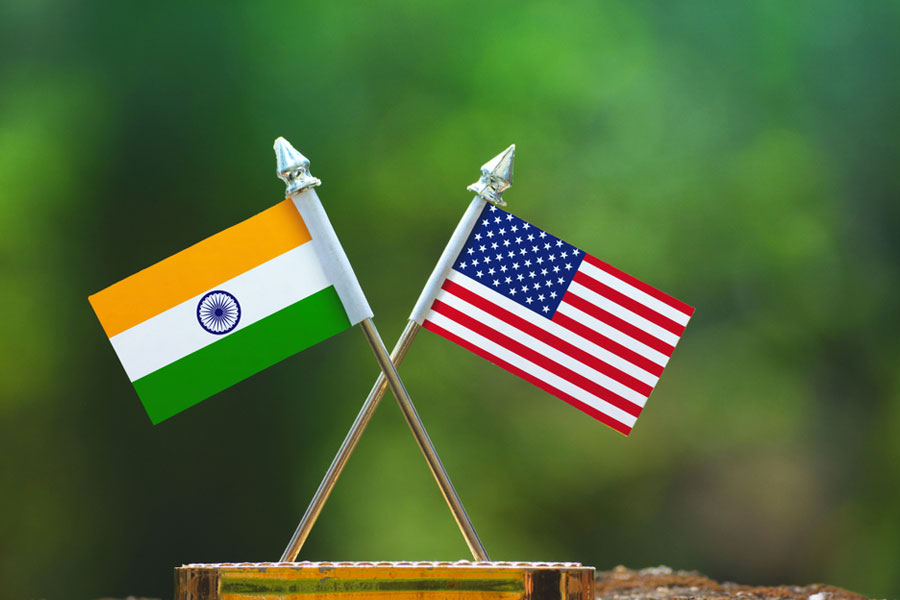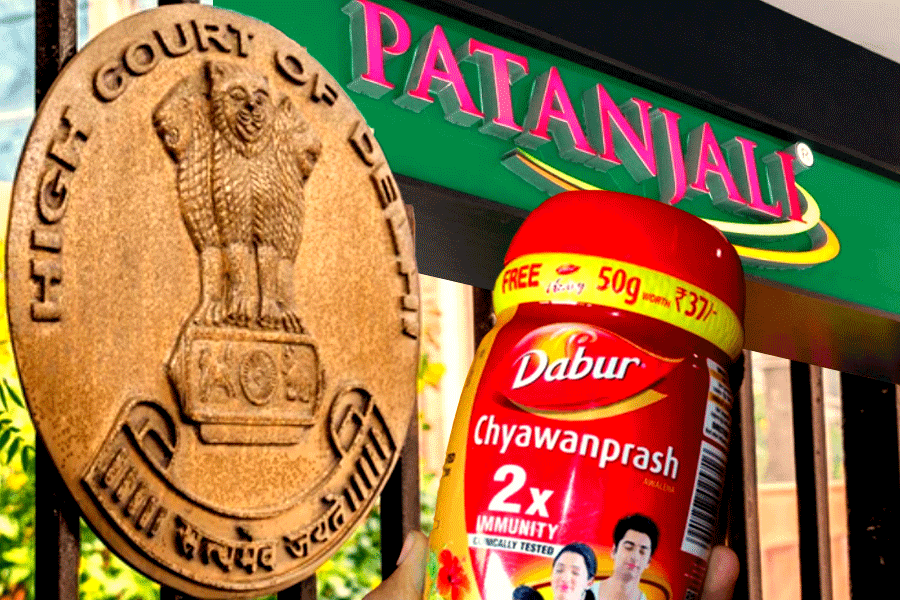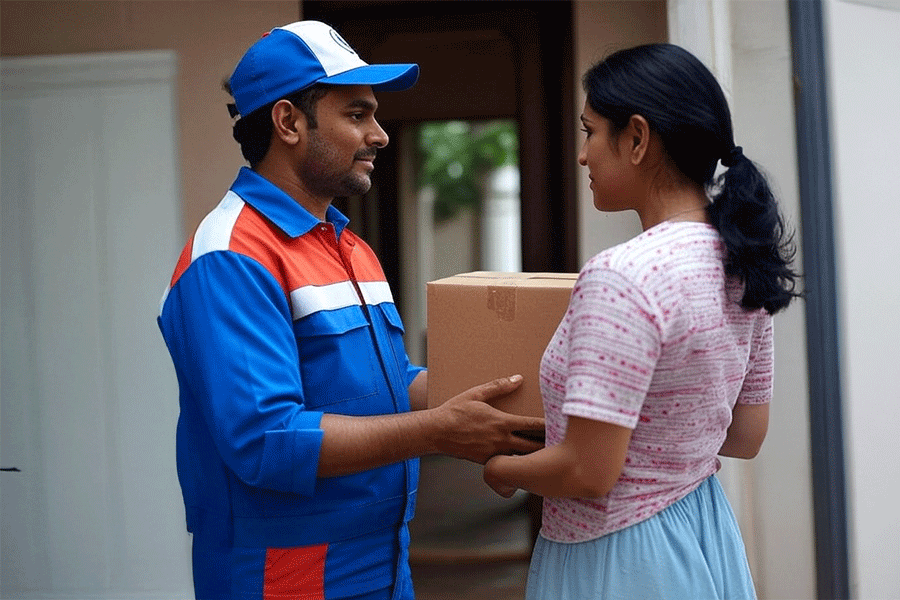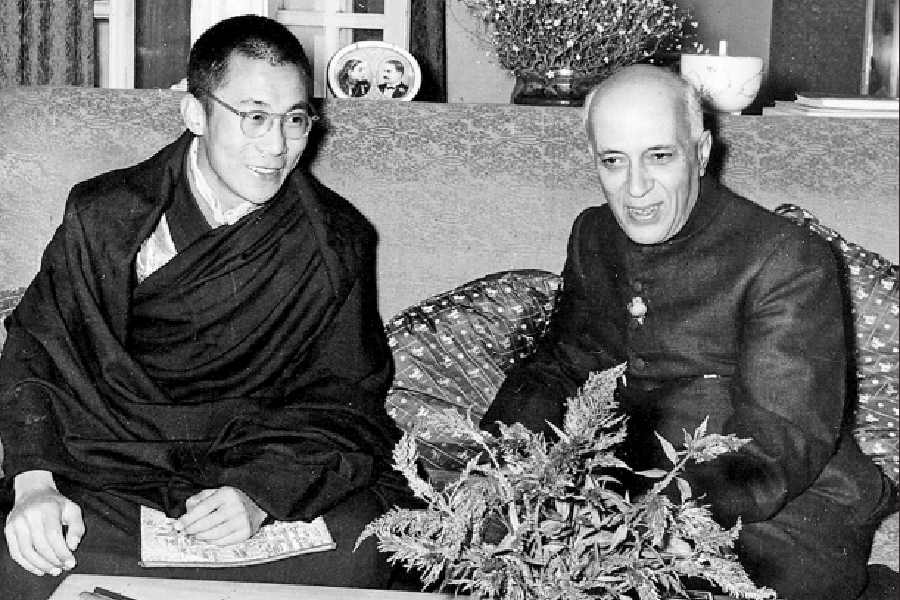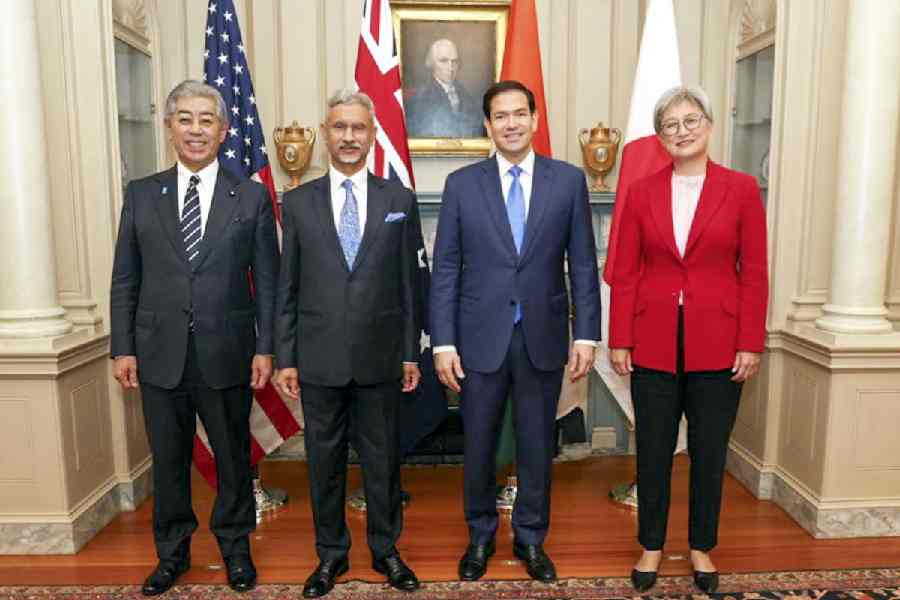Odisha has been the land of crafts and textiles since ancient times. Interestingly, most of our crafts and textiles are put to use in our daily lives. Either we wear them as saris, kurtis or shirts made of ikat fabric or we decorate our walls with pattachitra paintings or pipli appliqué.
Living in the 21st century does not mean the value of crafts and textiles has decreased. In fact, ikat and khadi fabrics are used by many internationally acclaimed fashion designers in their collections showcased during the Milan and Paris fashion weeks. Ikat and khadi have a huge demand in the US and Europe markets in home furnishing products as well. But international fashion trends and colours are very different from ours. Here we prefer more colourful fabrics with full of motifs and patterns. In the West, however, minimalist holds sway. I strongly believe that if we focus a bit more on international trends, our own crafts and textiles will find more demand and recognition in the foreign markets.
Films and TV influence the style sense of the public. They have an impact on people’s lives. But when I think about our Odia film industry, I feel disappointed. In that industry, people are not very professional and most of the movie stories are either copied from Tollywood or Bollywood. It’s high time that we started making movies that would reflect our culture, history, art and daily lives. Even the soap operas here are copied.
When you watch a movie or soap opera here, you can actually feel the lack of intelligence and knowledge of those who have made them. Even during a sad scene, when a character is in hospital badly injured or dead, you can see the make-up on their faces. It’s not surprising that the Gen-next is not watching Odia movies.
Coming back to the style sense depicted on screen, I feel stylists need to do a lot more research on the latest trends instead of blindly choosing anything glittery or bold in colour. Until fashion changes on screen, fashion on the streets will remain uninteresting and dowdy.
I have observed the same in Odisha’s fashion scene. Perhaps we are not ready for fashion yet. Apart from cities such as Bhubaneswar, Cuttack and Rourkela, other parts of Odisha still believe in basic necessities rather than luxury. But I hope that one day we will all understand the concept of luxury that comes in form of products made by artists, artisans and craftsmen unlike the ones made by machines.
There are some fake boutiques that have blossomed in bigger cities of Odisha.
The owners of the boutique introduce themselves as fashion designers although they have no professional knowledge. Their main motto is to get products from the Calcutta and Mumbai markets and sell them here. I am not against their business strategy or their way of selling. But at the same time I don’t think that they are adding any value to the fashion scene here. We need more fashion leaders. It is because of these boutiques that demand for our own our home-grown textile products is falling.
A person’s style sense tells a lot about her stature in society. In the same way, the fashion sense of a city, state or country tells a lot about its people, their behaviour and, most importantly, their economical standards.
I have observed that people in the state think of fashion shows as skin show. This is obvious because people here usually organise fashion shows either during some cultural programme or for the launch of a product as a source of entertainment. But that is not really what happens during a fashion week. It’s a very serious and hardworking industry. From a designer’s point of view, it’s one of the biggest marketing tools where buyers and the designer meet.
The time has come that we seriously educate people about fashion. Fashion is not about tiny, vulgar outfits nor is it about expensive traditional attire.
Fashion is about lifestyle or one’s way of living. It’s not limited to clothes but includes your style of walking, the way you speak and your entire way of living.
It’s lucky for us that there are so many fashion colleges already here in Odisha and especially in Bhubaneswar. But again, I have observed their education standard is not up to the mark, especially the private colleges. They are lacking in hiring professionals to teach students. Also, they need better libraries and labs for designing. But I’m happy that the first step has already been taken.
I feel really happy when I see the youngsters in Bhubaneswar and Cuttack, especially in some malls and markets. I have observed their fashion sense and I think they are quite fashionable. It is unfortunate that some people view fashionably attired youngsters as spoiled.
Society should always welcome better, more good-looking and comfortable products, whether they are trousers instead of the dhoti or a skirt and jeans instead of the sari. We should always welcome new, more stylish products.
Unlike other states in the country, our textiles and crafts have not yet been properly explored. I would suggest that all young designers who are studying and starting out in the fashion industry focus more on our own crafts and textiles. I also want the state’s crafts and textiles department to encourage weavers, craftsman and artisans more.
I know there are many cluster programmes that are run by the state government for textiles and crafts. But I find that the government-run institutes ask the weavers and craftsman to make new products, which is, I think, not a good idea. Because the weaver has to spend more time and labour on a new product. In this process, the weaver gets less profit for a product the sale value of which is unsure.
Our textile department should hire professional designers and start centralised product experimentation centres. The team should first make the product and look for the market linkage and pass on the technique and trends to the weavers and craftsman. Even in this particular department we require more professional people in senior positions rather than simply administrative staff.


